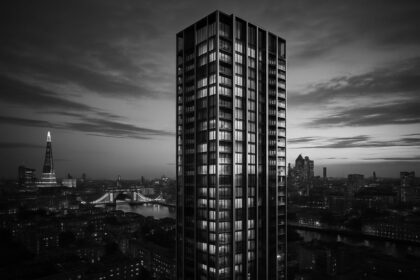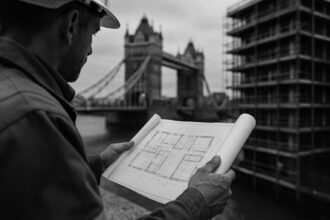As rail fares in England and Wales surge by 4.9%, adding to the financial burden on households, measures to mitigate these costs are suggested amidst rising living expenses and the soaring costs of visiting popular London attractions.
Rail fares in England and Wales have seen an increase of 4.9%, adding to the financial strain on households as this rise follows a 5.9% hike from the previous year. In contrast, motorists have benefitted from a frozen fuel duty as outlined in recent announcements. To mitigate the impact of rising rail costs, passengers are being advised to consider off-peak travel, utilize railcards offering a 33% discount, and explore cost-saving measures such as GroupSave tickets, advance bookings, split ticketing, Delay Repay refunds, and discounted days out for rail travelers. These strategies are aimed at helping rail users manage the increased fares amidst the cost-of-living challenges.
Simultaneously, a study conducted by the consumer rights group Which revealed significant rises in the cost of visiting popular London attractions, with some prices surging well beyond inflation rates over the past 50 years. Notably, the entry price to the Tower of London has escalated by over 3,700 percent to £34.80, from an inflation-adjusted price of 90p in 1974. Similarly, Kew Gardens and other landmarks have seen substantial price increases, while institutions like St Paul’s Cathedral and Westminster Abbey have introduced entry fees where there were none. Despite these cost hikes, Which suggests planning ahead and seeking out free attractions as viable ways for visitors to enjoy London’s cultural offerings without facing exorbitant expenses.













